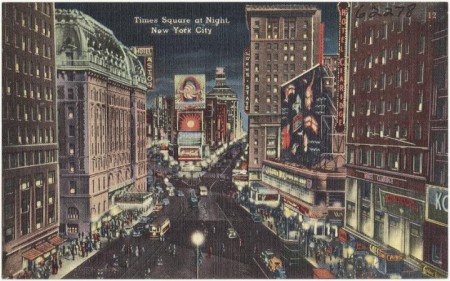We aren’t able to sleep. Or maybe worse, we are. The panic comes and goes, and then it stays. As presidential orders are meted out at a dizzying pace by the American kyriarchy, art criticism can start to feel frivolous. Perhaps it is frivolous. There are protests to organize, senators to call, tweets to be retweeted, checks to be written, signs to be made. What can a 700-word art review do to combat fascism? How can one deploy an acute observation and simultaneously fight for the liberty being abducted by our current White House? This is a question that I have, honestly, almost lost interest in. The best that writers—and artists—can do in the Trump era is to continue what we have been doing, but maybe do it better. As the visionary and now late critic John Berger once remarked, “I can’t tell you what art does and how it does it, but I know that art has often judged the judges, pleaded revenge to the innocent and shown to the future what the past has suffered, so that it has never been forgotten.” Optimistic and a little out of context, sure, but it’s something to believe in.
Usually, headlines give us less to believe in. Perhaps that is why, in 1977, Jenny Holzer made her own. In the dead of night, Holzer plastered her “Inflammatory Essays” throughout New York— proclamations and demands, with every word capitalized, about politics, love, fear, humanity. A small show at Alden Projects on the Lower East Side gathers a private collection of these colorful sentence-stuffed pages to form something like a provocative rainbow along the gallery. “REJOICE! OUR TIMES ARE INTOLERABLE.” goes one. “SENTIMENTALITY DELAYS THE REMOVAL OF THE DANGEROUSLY BACKWARD AND UNFIT.” goes another. “THE APOCALYPSE WILL BLOSSOM.”—a personal favorite. Taking up topics like guns, terror, and freedom, these microessays feel at times like propagandistic haikus from an unhinged Breitbart editor, at others like empowering declarations of liberal resistance. In any case, they still feel radical today—if perhaps even more relevant—in their ability to rejoice in the entropic poetry of everyday America.
But if you want to read an essayist whose words are truly needed now, purchase the Library of America’s James Baldwin collection. I did so after seeing the Film Forum premiere of Raoul Peck’s I Am Not Your Negro, a new documentary comprised almost entirely of Baldwin’s own words, including those from his unfinished essay Remember This House. And they’re words—spoken with an urgent patience in a voiceover by Samuel L. Jackson—that are polemical and tender, optimistic and cynical, political and lyrical, full of justified rage and generous wisdom. This is a documentary that is, yes, about race, violence, love, and hate, but ultimately it’s about America. As Baldwin expressed so persuasively, all of those things are the story of America. Corralling footage of Baldwin on talk shows or giving university lectures as well as footage of police brutality and important political moments, Peck’s documentary also spotlights Baldwin’s incisive interpretations of American cinema. An ardent moviegoer since childhood, films shaped Baldwin’s personal outlook on life deeply and darkly. As scenes from Hollywood play, Baldwin’s voice, through Jackson’s, articulates how pop culture imagery has always reaffirmed and propagated distorted concepts of race to both white and black audiences. Ten years in the making, I Am Not Your Negro is a necessary work, one that gives no easy answers; instead of direct calls to action, an intimacy is fostered. “History is not the past,” the voice says halfway through the film. “It is the present. We carry our history with us. We are our history.”
Those words resonate throughout the Met Breuer’s retrospective of Chicago-based painter Kerry James Marshall, titled Mastry. Responding to Western art’s past—its blinding bounty of whiteness—Marshall’s canvases, which are frequently enormous and span from the early eighties to now, portray African Americans with both regality and vulnerability by relentlessly quoting European portraiture in a complicated act of reclamation. In the exhibit, which will travel to the Museum of Contemporary Art in L.A. next year, notions of blackness are literal. Marshall’s subjects—men, women and children in settings that range from barbershops, public projects and parks, artist studios, and bedrooms—are painted the color of pitch. Just as black life has been excluded from European art traditions and so denied visibility in “high culture” institutions—including, of course, the Met—Marshall forbids any whiteness in the skin he shows. It’s a decision that invites many metaphors, but one that might be better understood simply by being in each painting’s presence. These canvases carry the weight of history. They carry it right into where we need it the most, which is, of course, our turbulent present. As Berger said in the earlier quote, we have a responsibility to remember our history. But as Baldwin cautioned, it is equally our responsibility to live it. Only then might it, however slowly, begin to change.
—Zack Hatfield
